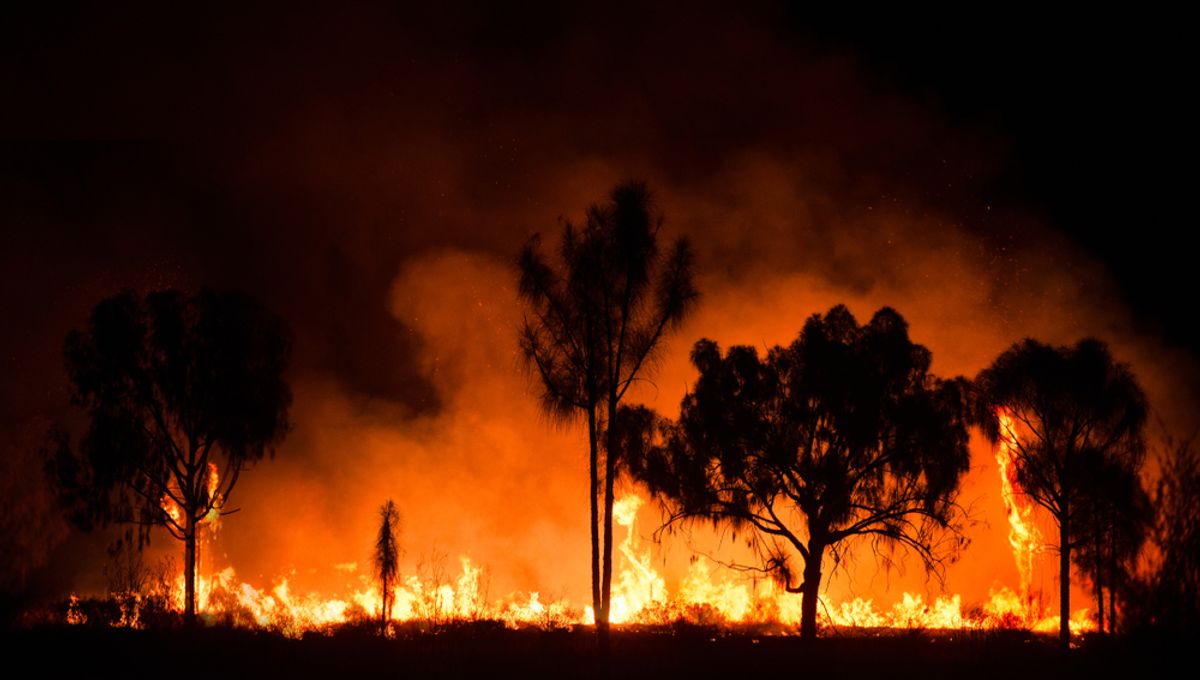
In Greek mythology, Prometheus suffered appalling torment for stealing fire from the gods. So it’s slightly ironic that those gods, or at least the planets identified with their Roman counterparts, don’t actually have any fire. That applies to Apollo too. While the Sun is often referred to as fiery, the process of fusion that provides its heat is something very different. It’s only billions of years of life on Earth that made fire possible, and if any of the planets we are finding around other stars support fire, it would be a very big hint they have life on them as well.
Fire generally requires the presence of oxygen. Although oxygen is the third most abundant element in the universe, it bonds so readily to others that it is seldom found in the molecular form that makes fire possible. A few other gases have been found that can burn particular materials, but these are typically rare and considerably less likely than oxygen to be found outside a chemistry lab.
Neither oxygen nor these alternatives are present elsewhere in the Solar System at the concentrations needed for combustion. Indeed, there is no evidence of fire in the fossil record prior to the Middle Ordovician period. Although there had been oxygen in the atmosphere since the Great Oxidation Event almost two billion years before, the concentration was too low to allow fire to be sustained.
If all life on Earth suddenly disappeared, the oxygen in Earth’s atmosphere would gradually react with rocks until it was all gone. As it is, limited fuels are available to people living at high altitudes, because many won’t burn as the oxygen becomes scarce. Get high enough and nothing burns at all.
Although the sustained presence of oxygen is considered a likely sign of life, it’s not certain proof on its own, which is why astronomers are seeking combinations of gases as biosignatures. With so much oxygen bound up in the surface of planets, it is possible some chemical processes could cause its release, but it is still unlikely this would provide the abundance needed to sustain fire.
Moreover, fire needs fuel (and heat) as well. There’s a pattern to what we burn: wood from trees, coal from ancient forests and oil that was once simple organisms. Most of the substances capable of undergoing the rapid oxidation process that produces flames are also products of life.
Methane and hydrogen both burn, and can exist without life – they make up most of Jupiter and Titan’s lakes respectively. However, the combination of either of these with oxygen would be considered a much better indication of life forms changing the atmosphere than oxygen alone.
Some phenomena can look enough like fire to fool our eyes, even beyond fusion in stars. Erupting volcanoes can produce “fire fountains”, which Astronomy.com has noted probably occur on Jupiter’s moon Io. Tidal forces applied by Jupiter and the outer moons have turned Io’s interior molten, making eruptions near constant. Fire fountains are not actual fire however, instead being magma spraying up through a vent.
There will probably always be easier ways to test for the presence of life on new worlds, but fire could work in a pinch – as long as you can distinguish it from things that look similar.
Source Link: We've Never Found Fire Beyond The Earth, And There's A Reason For That